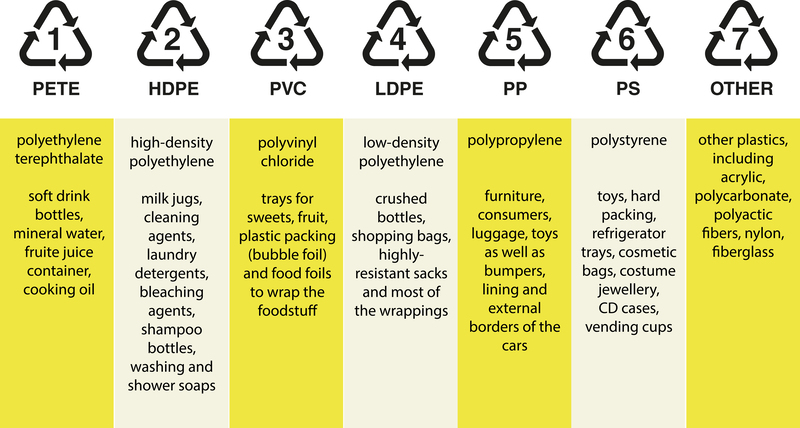Eco-Friendly Practices for PPE Waste Management
Pandemics and medical emergencies, most notably the COVID-19 outbreak, have led to a massive increase in the use of personal protective equipment (PPE) worldwide. While PPE plays a critical role in healthcare settings and in public safety, it has also contributed to an unprecedented surge in waste, raising concerns for environmental sustainability. In order to balance health safety and ecological responsibility, eco-friendly PPE waste management practices have become crucial. This article explores comprehensive and actionable strategies to manage PPE waste sustainably, helping individuals, businesses, and governments play their part in protecting the environment.

Understanding PPE and Its Environmental Impact
PPE includes items such as face masks, gloves, face shields, gowns, and shoe covers. Made mostly from non-biodegradable plastics like polypropylene, these are often designed for single use, making responsible disposal challenging. Inappropriate handling and disposal can lead to:
- Marine pollution and harm to aquatic life
- Soil contamination
- Increased landfill burden
- Microplastic formation in the ecosystem
- Spread of diseases when PPE waste is not properly contained
Eco-friendly management of PPE waste is essential--not just for the environment, but also to safeguard public health and reduce the risk of future outbreaks.
Key Strategies for Sustainable PPE Waste Management
1. Reducing PPE Use When Possible
The first line of defense in minimizing PPE waste is reducing use wherever feasible:
- Encourage reusable PPE (such as washable masks and gowns) in non-clinical settings.
- Implement guidelines that prioritize PPE only for necessary tasks, especially in healthcare.
- Opt for alternatives like physical barriers instead of face shields or single-use gloves.
2. Promoting Reusable and Biodegradable PPE
Transitioning from single-use to sustainable options can significantly curb PPE waste generation. Consider the following:
- Adopt reusable PPE equipment made from durable, washable materials for low-risk environments.
- Innovate with biodegradable PPE products that break down quickly and safely in the environment, such as plant-based masks and gloves.
- Support manufacturers and suppliers who invest in sustainable sourcing and responsible production methods.
3. Proper Segregation and Collection of PPE Waste
PPE waste should be managed as a distinct waste stream to prevent contamination and enable specialized recycling or treatment. Best practices include:
- Educating staff and the public to dispose of used PPE in designated bins.
- Using clearly labeled, color-coded containers for infectious, non-infectious, and recyclable PPE wastes.
- Ensuring regular collection to avoid overflow and potential contact risks.
4. Safe and Sustainable Disposal Methods
Traditional landfilling or incineration of PPE waste can lead to emissions and release pollutants. Eco-friendly alternatives include:
- Autoclaving and shredding before landfill disposal to reduce volume and infection risk.
- Employing advanced thermal treatment methods like pyrolysis, which can break down plastics with fewer emissions.
- Exploring chemical recycling processes to convert plastics into fuel or raw materials for other products.
- Composting biodegradable PPE in suitable facilities*.
5. Implementing PPE Waste Recycling Programs
PPE recycling initiatives are increasingly successful, especially in large organizations and community settings:
- Partner with specialized recyclers that accept and process items like masks and gloves.
- Encourage innovations in PPE material design for easier recycling.
- Run awareness campaigns to inform people about how and where to recycle PPE waste responsibly.
Emerging Technologies for Eco-Friendly PPE Waste Management
Plastic-to-Fuel Conversion
An innovative solution to the PPE plastic waste problem is the conversion of used PPE into fuel using pyrolysis or gasification. These technologies break down complex plastics into fuels like diesel, kerosene, or gases for industrial use, providing a value-added waste management approach that also reduces reliance on fossil fuels.
Biodegradable Alternatives and Compostable PPE
Research and development into biodegradable PPE made from materials such as polylactic acid (PLA) or natural fibers are gaining traction. These materials decompose safely without releasing toxic substances, making them ideal for single-use PPE in non-critical environments.
RFID and Smart Waste Bins
Smart disposal stations equipped with identification technology (such as RFID tags) can automatically segregate and track PPE waste. This improves collection efficiency, reduces handling risks, and generates data for optimizing waste management strategies.
Government Regulations and Guidelines
Governments and environmental agencies play a key role in driving sustainable PPE waste management through:
- Issuing clear guidelines on the classification, segregation, and treatment of PPE waste.
- Mandating PPE waste reporting and tracking for healthcare and large-scale PPE users.
- Establishing incentive programs for organizations that adopt green PPE waste technologies.
- Supporting public-private partnerships for setting up recycling infrastructure.
Best Practices in Healthcare, Industry, and Communities
Healthcare Facilities
- Ensure that all staff are trained on eco-friendly PPE disposal protocols.
- Set up onsite PPE decontamination units (using UV, autoclaves, or chemical disinfectants) to enable recycling or safe landfill disposal.
- Monitor PPE use and promote alternatives where clinically safe.
Industrial and Commercial Sectors
- Work with waste contractors experienced in safe and sustainable PPE waste handling.
- Implement reusable PPE for jobs that allow it.
- Audit PPE purchase and disposal records regularly to identify reduction opportunities.
Community Actions
- Provide clear public information campaigns on the importance of correct PPE waste disposal.
- Distribute biodegradable or reusable PPE to residents where possible.
- Establish neighborhood PPE recycling drop-off points.
Challenges to Sustainable PPE Waste Management
While the benefits of eco-friendly PPE waste management are clear, several obstacles need addressing:
- Lack of awareness and education among PPE users about proper disposal
- Insufficient recycling technology or biodegradable options in certain regions
- Added costs for sustainable PPE products and waste treatments
- Potential contamination risks complicating recycling efforts
- Regulatory gaps in enforcing PPE waste segregation and processing
How Individuals Can Contribute
Every person has a role to play in sustainable PPE waste management. Here's what you can do:
- Opt for reusable masks and gloves where appropriate, following hygiene guidelines.
- Dispose of used PPE responsibly--never litter masks or gloves in public places or flush them down toilets.
- Participate in local PPE recycling programs, if available.
- Encourage friends, family, and coworkers to adopt eco-conscious PPE habits.
- Buy from companies offering biodegradable PPE options.

Conclusion: A Greener Approach to PPE Waste Management
The rapid rise in PPE use highlights the urgency for more sustainable waste management solutions. By combining reduction, reuse, recycling, and technology-driven disposal methods, we can greatly reduce the ecological footprint of PPE waste. Governments, industries, healthcare providers, and every individual must work collectively to implement and advocate for environmentally responsible PPE waste management practices. Together, we can ensure public health protection does not come at the cost of our planet's well-being.
Investing in green technologies, advancing public education, and fostering cross-sector collaboration are key to solving the PPE waste crisis--making eco-friendly PPE waste management a reality for communities around the world.
Frequently Asked Questions
1. Can PPE be recycled?
Some types of PPE, such as certain plastic face shields and masks, can be recycled through specialized facilities. However, because of contamination risks, most municipal recycling programs do not accept used PPE. Check with local authorities or specialized recycling programs for information specific to your area.
2. What is biodegradable PPE?
Biodegradable PPE is made from materials that naturally decompose over time, such as polylactic acid, cellulose, or other plant-based substances. These reduce landfill burden and the risk of pollution compared to traditional plastic-based PPE.
3. What should I do with my used masks and gloves?
If not recyclable locally, seal used masks and gloves in a plastic bag and dispose of them in designated waste bins. Never litter PPE as it poses a health and environmental hazard.
4. How can businesses make their PPE waste management more eco-friendly?
Businesses can implement reusable PPE where appropriate, participate in recycling initiatives, educate staff, and ensure compliance with health and environmental regulations. Partnering with specialized waste companies can further enhance sustainability.
5. Why is it important to segregate PPE waste?
Proper segregation ensures that potentially infectious PPE does not contaminate other waste streams and enables safe disposal or recycling, protecting both human health and the environment.
By following these eco-friendly PPE waste management tips, we can all contribute to a safer, cleaner, and greener future.